Absorption MODULE
Overview - PV technologies - Coupled-IV - Light Management - Tandem Solar Cells - Transient Photoluminescence
Light Absorption in Solar Cells
The Setfos absorption module uses the transfer matrix formalism for the fast calculation of the photon flux across a solar cell. Arbitrary sequences of coherent and incoherent layers can be considered in the device stack, and their total effect on the solar cell absorption can be computed.
This module allows you to maximize light absorption in the device, optimize the combination of the different layer thicknesses in your stack, adjust and match the short-circuit currents of tandem solar cells, and much more!
Computing the absorbance of each specific layer in the solar cell.
Reflectance, transmittance, absorbance spectra, angular dependence, polarization.
Spectral penetration of external illumination.
Arbitrary combination of coherent and incoherent thin-film optics. Arbitrary illumination spectrum.
Light scattering in a mixed coherent/incoherent layer stack.
Calculation of the maximum power point with a coupled optical and electrical (drift-diffusion) simulation.
PV Technologies
The absorption model is versatile and suited for different thin film PV technologies.
Organic Solar Cells
Setfos contains a database of common organic photovoltaic materials for solar cells. Simulation allows you to optimize different working parameters of the solar cells, by focusing on the absorption in the active materials. Common experiments like CELIV are available for simulation.
Perovskite Solar Cells
Methylammonium lead-iodide perovskite solar cells are breaking records every week. The absorption module of Setfos contains tools to optimize the layer stack. Whether you are looking to cover an absorption window for a tandem device or to fabricate a stand-alone perovskite solar cell.
Inorganic Thin Film Cells
Setfos transfer matrix formalism is suitable for all thin-film photovoltaic technologies, both Si-based photovoltaics (crystalline or not) or solar cells based on CdTe and CIGS. Quantum-dot solar cells can also be simulated with Setfos.
Coupled Opto-Electrical Simulation
The absorption module is fully coupled with the drift-diffusion module. Absorbed light provides the charge generation profile throughout the active layer. Transport and extraction of generated charges finally lead to the specific solar cell's short circuit current, fill factor, and open-circuit voltage.
Vary the incident spectrum and angle to see how the cell behaves in different locations and times of the day. Compare experimental data and simulation to fully understand the mechanisms governing the operation of your solar cell.
Light Management in Solar Cells
Scattering layers are used to enhance the absorption of thin-film solar cells. Setfos uses different light scattering algorithms to calculate the influence of light scattering on the solar cell characteristics. You can model:
Scattering directly from Atomic Force Microscopy (AFM) roughness data.
Scattering by micro- or nano-particles dispersed in the bulk.
Co-optimize the layer stack and the scattering layer.
Micro-structure simulation with a ray-tracing algorithm.
Scattering structure outside or inside the layer stack.
Tandem Solar Cells
Multi-junction solar cells are highly interesting because of their capability to harvest a broader spectral range of solar irradiation. However, designing efficient multi-junction solar cells requires the optimization of a large number of structural and compositional parameters:
Optimization of perovskite-silicon tandem solar cells via optical and full optoelectrical simulation (when coupled with the drift-diffusion module).
Optimize the different thicknesses in devices with > 10 layers where experimental optimization is not feasible.
Different interface structures and the effect of fully textured cells can be easily investigated by loading a topography file.
Transient Photoluminescence
Transient Photoluminescence (trPL) characterization experiments allow to analyse charge carrier dynamics and identify the recombination channels of the device structure under investigation.
With the absorption module of Setfos, you have the freedom to select disparate illumination spectra and intensities. Essential to further your understanding of the charge dynamics in your device.














